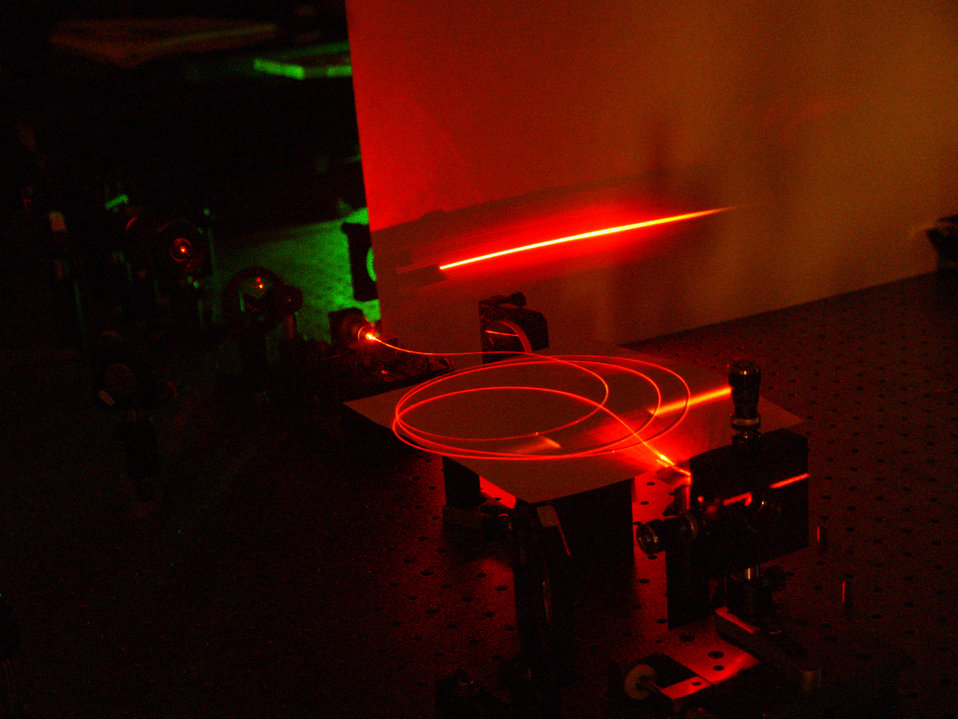This post is also available in:
 עברית (Hebrew)
עברית (Hebrew)
A radar device that relies on quantum technology works at such low power that it can hide behind background noise, making it useful for biomedical and security applications. The researchers say it could be useful for short-range low-power radar for security applications in closed and populated environments.
One of the advantages of the quantum revolution is the ability to sense the world in a new way. Quantum technology uses the special properties of quantum mechanics to make measurements or produce images that are otherwise impossible.
Until now, almost all the advances in quantum computing, cryptography, teleportation, and so on have involved visible or near-visible light.
Researcher Shabir Barzanjeh and his colleagues at the Institute of Science and Technology Austria have used entangled microwaves to create the world’s first quantum radar. Their device, which can detect objects at a distance using only a few photons, raises the prospect of stealthy radar systems that emit little detectable electromagnetic radiation, according to technologyreview.com.
The researchers create pairs of entangled microwave photons using a superconducting device called a Josephson parametric converter. They beam the first photon, called the signal photon, toward the object of interest and listen for the reflection.
In the meantime, they store the second photon, called the idler photon. When the reflection arrives, it interferes with this idler photon, creating a signature that reveals how far the signal photon has traveled.
While a conventional radar fails at low power levels that involve small numbers of microwave photons, entangled photons overcome this problem. The researchers compare their quantum radar with conventional systems operating with similarly low numbers of photons and say it significantly outperforms them, albeit only over relatively short distances.
A big advantage is the low levels of electromagnetic radiation required. “Our experiment shows the potential as a non-invasive scanning method for biomedical applications, e.g., for imaging of human tissues or non-destructive rotational spectroscopy of proteins,” say Barzanjeh and co. Then there is the obvious application as a stealthy radar that is difficult for adversaries to detect over background noise.


























